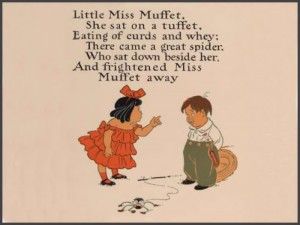Big Milk and Big Cheese start food fight
By Joseph Perkins
Dr. Richard Pan, a pediatrician, knows a thing of two about health care. That’s why it is understandable the Sacramento Democrat was appointed chairman of the Assembly Health Committee.
But Pan doesn’t know much about agriculture, particularly the vagaries of the state’s milk marketing program. That’s why it doesn’t make sense that he is the author of a measure, AB 31, which would tell the Department of Food and Agriculture, which has regulated milk prices since 1935, exactly how it should now formulate those prices.
Pan is carrying water — maybe I should say milk — for Western United Dairymen, which wrote the self-serving bill to which the lawmaker has attached his name.
Western United’s members reportedly produce 60 percent of California’s milk. The dairymen want Sacramento to take their side in the uncivil war they are waging with the state’s cheese manufacturers, who are represented by the Dairy Institute of California.
The milk producers contend that, because Food and Ag regulators have not sufficiently raised prices for Class 4B milk, which is used to make cheese, they are being underpaid by California cheese makers, which purchase 43 percent of milk produced by California dairy farms.
Yet, Food and Ag raised 4B milk prices 30 percent last year, to $17.50 per 100 pounds. And just recently Food and Ag Secretary Karen Ross granted milk producers another 25-cent price increase.
The milk producers say that’s not nearly enough. They claim they’re losing $3 per hundredweight of milk produced.
Cost increases
In fact, California dairy farmers have seen their costs increase the past year or so, mainly because of higher-priced feed for their cows. But that was factored into the 30 percent hike in 4B milk prices state regulators granted last year, and the extra two bits this year.
The dairy farmers’ real aim is to cash in on the run up in value of whey, a product of cheese making. Whey used to be considered waste, and was simply discarded in the cheese-making process. But then the food and nutrition industry figured out uses for whey and now it’s in high demand not only in the United States, but throughout the world.
California milk producers believe California cheese makers should pay for the whey they derive from making cheese. And that is why they have enlisted the aid of Pan, one of the seemingly least likely Assembly members to get mixed up in the battle between Big Milk and Big Cheese.
Pan’s bill would dictate that the whey value of 4B milk be pegged to no less than 80 percent of the value under the federal milk marketing order (which California has had nothing to do with since creating its own state milk marketing order back in 1935).
If AB 31 becomes law, Big Milk will get another $1.60 per hundredweight on the milk it produces.
California cheese makers are understandably up in arms about Pan’s legislative sop to the state’s milk producers. Yes, they say, the value of whey has increased in recent years. But they point to a Food and Ag report which acknowledged that “the investments required to process [whey] into value-added products are significant and the financial risks…are considerable.”
Of course, there’s a far, far better way — not whey — the state government can settle the uncivil war between Big Milk and Big Cheese: end all price regulations and let the free market determine milk prices rather than Food and Ag, and rather than a state Assemblyman who knows his pediatrics, but not his curds and whey.
Related Articles
An open letter to bullet-train board Chairman Dan Richard
Dan Richard was at it again in Saturday’s Los Angeles Times. LAT’s Ralph Vartabedian did a good job painting a downbeat
Feinstein decries shakedown lawsuits
April 6, 2012 By Joseph Perkins The Consumer Attorneys of California caled themselves the Trial Lawyers Association before a name
Obscuring Truth About Prop. 23's Backers
NOV. 18, 2010 In the Sacramento Bee Sunday Nov. 14, there were five different stories about climate change, including stories





